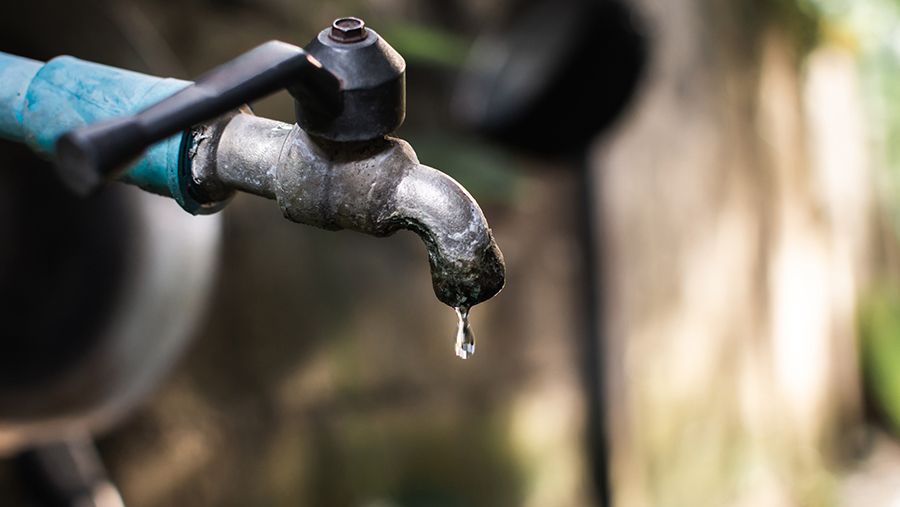WISCONSIN — Much of Wisconsin’s drinking water still flows through lead service lines. More than 150,000 lead pipes provide Wisconsinites with their water. They affect at least 92 communities across the state.
Local, state and federal efforts are finally ramping up efforts to replace these pipes, which have long been a public health concern, according to a report by the Wisconsin Policy Forum.
Exposure to lead is harmful to human health, and it is especially dangerous for children and pregnant women.
A 2008 study found that drinking water contributed to approximately 10% to 20% of the total lead exposure of the U.S. population. These numbers are even higher for formula-fed infants.
According to the Centers for Disease Control and Prevention (CDC), there is no safe blood lead level in children. The CDC said, “Even low levels of lead in blood have been shown to negatively affect a child’s intelligence, ability to pay attention and academic achievement.”
Drinking water from lead pipes was identified as a cause of lead poisoning back in the late 1800s. Yet, the use of lead service lines continued until 1986, when the U.S. Environmental Protection Agency (EPA) banned them.
So, why haven’t lead service lines been replaced yet? The Wisconsin Policy Forum report said the replacement is expensive for both the utility companies and its customers. Additionally, officials have tried to mitigate the lead exposure through water treatment. They also pointed to split ownership of the service lines, complicating the replacement of customers’ lead lines.
After the 2014 water crisis in Flint, Mich., Wisconsin and other communities around the country are now tackling these hurdles to replace existing lead service lines.
Officials said Wisconsin has replaced or decommissioned more than 37,000 lead service lines in the last five years. In the previous 20 years, they had only replaced or shut off about 36,000 lead service lines. These numbers account for more than 73,000 lead pipes being removed from service since 1998.
Madison, Wis. has been a national leader in combatting this public health concern. Between 2000 and 2012, the state’s capital replaced all 8,000 of its lead service lines.
Milwaukee has the lion’s share of the state’s remaining lead water service lines with over 69,000 lead pipes. Yet, several other Wisconsin communities have a greater share of lead pipes. About 82% of water service lines in the village of Shorewood are made of lead.
Yet lead pipes are getting replaced at record numbers in the state and this rapid pace may only increase.
Wisconsin is set to receive almost $450 million in federal and state funding to address this longstanding public health risk.
The report said if the current pace is kept, Wisconsin would be able to replace all of their lead service lines over the next two decades.
To can see if your home or apartment has a lead service line, click here.



